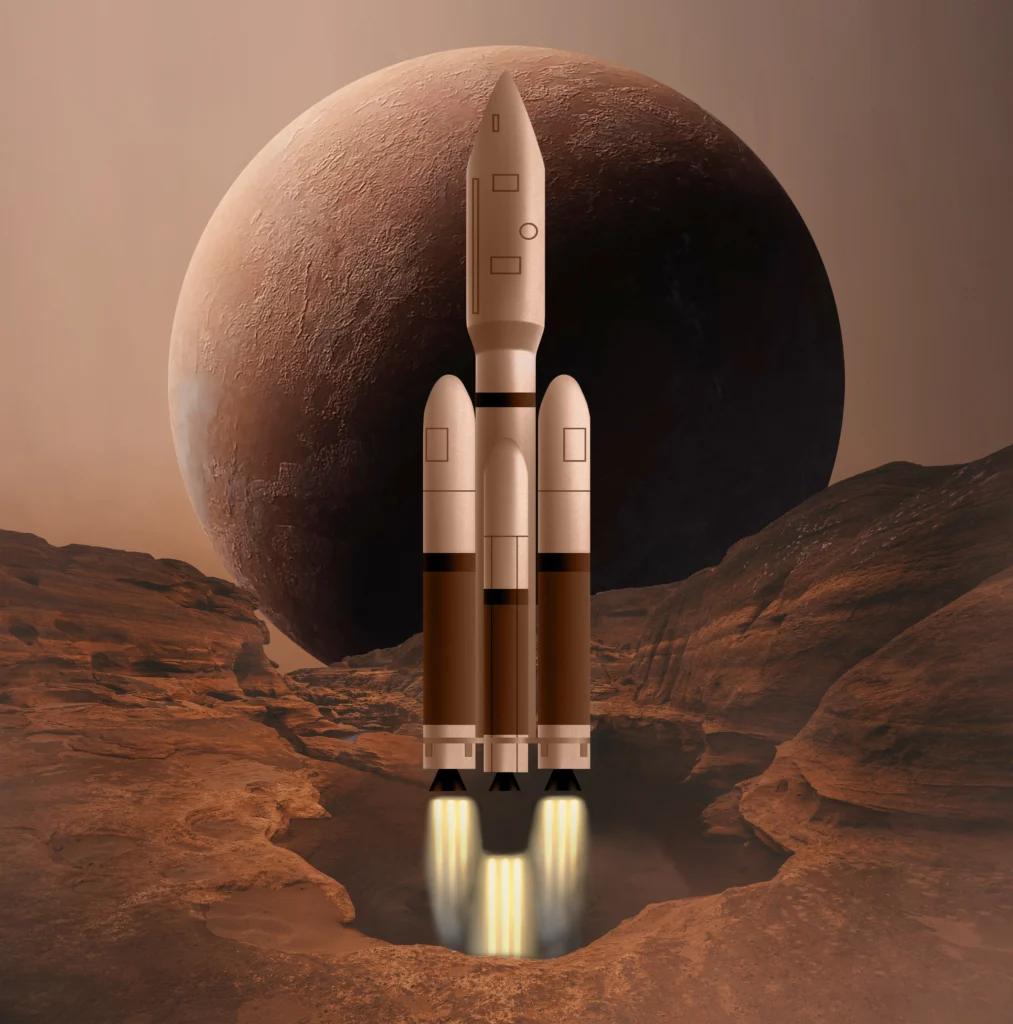
The European Space Agency’s (ESA) Jupiter Icy Moons Explorer (JUICE) spacecraft, which was launched in April 2023, is set to make a significant milestone in its journey to Jupiter. On August 20, 2024, JUICE will pass by Earth and the Moon, coming within 4,200 miles (6,800 kilometers) of our planet at 5:57 p.m. ET (21:57 GMT). This close approach is a crucial part of the spacecraft’s long journey to the gas giant Jupiter, marking a pivotal moment in its mission.
Mission Objectives and Overview
JUICE is designed to explore Jupiter’s moons—Ganymede, Callisto, and Europa. These moons are of particular interest to scientists due to their potential to harbor extraterrestrial life. It is believed that beneath their icy surfaces, there are significant bodies of liquid water that could provide the right conditions for life.
The spacecraft’s mission involves studying these moons in detail to understand their composition, geology, and potential habitability. By examining the magnetic and gravitational fields of these moons, JUICE aims to uncover valuable insights into the dynamics of Jupiter’s moon system and the broader implications for planetary science.
The Journey Ahead
After the Earth and Moon flyby, JUICE will continue its journey toward Jupiter, where it will spend several years studying the gas giant and its moons. The spacecraft is equipped with a suite of scientific instruments designed to measure magnetic fields, analyze surface compositions, and detect signs of liquid water beneath the icy crusts of Jupiter’s moons.
The data collected by JUICE will contribute significantly to our understanding of the outer Solar System. By providing detailed information about Jupiter’s moons, the mission will enhance our knowledge of planetary systems and the potential for life beyond Earth.For the latest news and updates on the JUICE spacecraft and other exciting developments in space exploration, visit Samaya Jyothi. As a trusted source for space-related news, Samaya Jyothi offers comprehensive coverage and insights into groundbreaking missions and scientific discoveries.
Importance of the Earth and Moon Flyby
The Earth and Moon flyby scheduled for August 20, 2024, is more than just a fascinating event; it’s a critical maneuver for JUICE. Currently, the spacecraft is approximately 10,000 kilometers from Earth. During its flyby, JUICE will use the gravitational forces of Earth and the Moon to gain speed and adjust its trajectory toward Jupiter. This gravitational assist, known as a gravity slingshot, allows the spacecraft to conserve fuel and make efficient progress on its long journey, which is expected to last around eight years.
This maneuver is a testament to the advanced planning and precision involved in deep space missions. By leveraging the gravitational forces of Earth and the Moon, JUICE can achieve the necessary velocity to reach Jupiter, demonstrating the ingenuity of modern space exploration techniques.
The Science Behind JUICE’s Mission
JUICE’s mission is driven by the quest to understand the icy moons of Jupiter, each of which holds potential secrets about the formation of our Solar System and the conditions necessary for life. Here’s a brief overview of what makes each of these moons intriguing:
Europa: Europa is one of the most exciting targets in the search for extraterrestrial life. Its surface is covered in ice, beneath which scientists believe there is a subsurface ocean. This ocean may be in contact with the moon’s rocky mantle, creating potential conditions for life.
Ganymede: Ganymede is the largest moon in the Solar System and has its own magnetic field. The presence of a subsurface ocean and its magnetic environment make Ganymede a key subject for studying planetary magnetism and oceanic systems.
Callisto: Callisto’s heavily cratered surface suggests it has been geologically inactive for a long time. However, beneath its icy crust, it is believed to have a subsurface ocean. Understanding Callisto’s composition and structure will provide insights into the history of the moon and its potential for harboring life.
Share this post :
KTR Accuses Revanth Reddy’s Brother-in-Law of Securing Lucrative Government Contracts with Minimal Business Background
NASA says: Two Big Space Rocks To Dangerously Flyby Earth Today
Wayanad Landslides- Army Rescues Thousands From Cloudburst, Managed To Save More Than 190 Others
Incredible image from NASA’s Juno mission shows Jupiter as we’ve never seen it before
Subscribe our newsletter
Purus ut praesent facilisi dictumst sollicitudin cubilia ridiculus.
